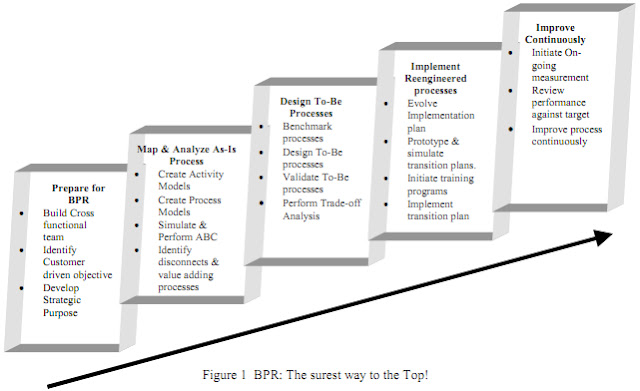The Johari Window, named after the first names of its inventors, Joseph Luft and Harry Ingham, is one of the most useful models describing the process of human interaction. A four paned "window," as illustrated above, divides personal awareness into four different types, as represented by its four quadrants: open, hidden, blind, and unknown. The lines dividing the four panes are like window shades, which can move as an interaction progresses.
In this model, each person is represented by their own window. Let's describe mine:
1. The
"open" quadrant represents things that both I know about myself, and that you know about me. For example, I know my name, and so do you, and if you have explored some of my website, you know some of my interests. The knowledge that the window represents, can include not only factual information, but my feelings, motives, behaviors, wants, needs and desires... indeed, any information describing who I am. When I first meet a new person, the size of the opening of this first quadrant is not very large, since there has been little time to exchange information. As the process of getting to know one another continues, the window shades move down or to the right, placing more information into the open window, as described below.
2. The
"blind" quadrant represents things that you know about me, but that I am unaware of. So, for example, we could be eating at a restaurant, and I may have unknowingly gotten some food on my face. This information is in my blind quadrant because you can see it, but I cannot. If you now tell me that I have something on my face, then the window shade moves to the right, enlarging the open quadrant's area. Now, I may also have blindspots with respect to many other much more complex things. For example, perhaps in our ongoing conversation, you may notice that eye contact seems to be lacking. You may not say anything, since you may not want to embarrass me, or you may draw your own inferences that perhaps I am being insincere. Then the problem is, how can I get this information out in the open, since it may be affecting the level of trust that is developing between us? How can I learn more about myself? Unfortunately, there is no readily available answer. I may notice a slight hesitation on your part, and perhaps this may lead to a question. But who knows if I will pick this up, or if your answer will be on the mark.
3. The
"hidden" quadrant represents things that I know about myself, that you do not know. So for example, I have not told you, nor mentioned anywhere on my website, what one of my favorite ice cream flavors is. This information is in my "hidden" quadrant. As soon as I tell you that I love "Ben and Jerry's Cherry Garcia" flavored ice cream, I am effectively pulling the window shade down, moving the information in my hidden quadrant and enlarging the open quadrant's area. Again, there are vast amounts of information, virtually my whole life's story, that has yet to be revealed to you. As we get to know and trust each other, I will then feel more comfortable disclosing more intimate details about myself. This process is called: "Self-disclosure."
4. The
"unknown" quadrant represents things that neither I know about myself, nor you know about me. For example, I may disclose a dream that I had, and as we both attempt to understand its significance, a new awareness may emerge, known to neither of us before the conversation took place. Being placed in new situations often reveal new information not previously known to self or others. For example, I learned of the Johari window at a workshop conducted by a Japanese American psychiatrist in the early 1980's. During this workshop, he created a safe atmosphere of care and trust between the various participants. Usually, I am terrified of speaking in public, but I was surprised to learn that in such an atmosphere, the task need not be so daunting. Prior to this event, I had viewed myself and others had also viewed me as being extremely shy. (The above now reminds me of a funny joke, which I cannot refrain from telling you. It is said that the number one fear that people have is speaking in public. Their number two fear is dying. And the number three fear that people have, is dying while speaking in public.) Thus, a novel situation can trigger new awareness and personal growth. The process of moving previously unknown information into the open quadrant, thus enlarging its area, has been likened to Maslow's concept of self-actualization. The process can also be viewed as a game, where the open quadrant is synonymous with the win-win situation.
Much, much more has been written on the Johari window model of human interaction. The process of enlarging the open quadrant is called self-disclosure, a give and take process between me and the people I interact with. Typically, as I share something about myself (moving information from my hidden quadrant into the open) and if the other party is interested in getting to know me, they will reciprocate, by similarly disclosing information in their hidden quadrant. Thus, an interaction between two parties can be modeled dynamically as two active Johari windows. For example, you may respond to my disclosure that I like "Cherry Garcia" by letting me know what your favorite ice cream is, or where a new ice cream shop is being built, kinds of information in your hidden quadrant. Incidentally, it is fattening, so be careful on how much you eat!

